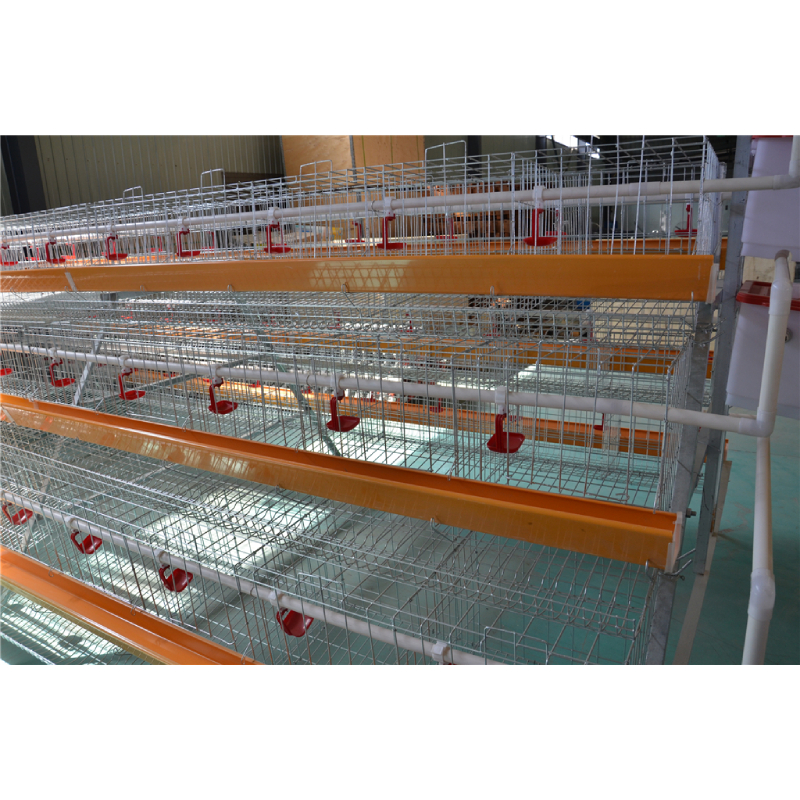Chicken Scalding and Feather Removal Equipment for Efficient Poultry Processing
Dec . 06, 2024 09:27 Back to list
Chicken Scalding and Feather Removal Equipment for Efficient Poultry Processing
The Essential Role of Chicken Scalders and Pluckers in Poultry Processing
The poultry processing industry is a vital component of the global food supply chain, providing essential protein sources for billions of people. Central to this industry are two important pieces of equipment chicken scalders and pluckers. These machines play a critical role in ensuring that chickens are processed efficiently and humanely, ultimately affecting the quality of the meat that reaches consumers.
Understanding Chicken Scalders
The scalding process involves immersing chickens in hot water, typically between 140°F and 160°F (60°C to 71°C), with the primary goal of loosening the feathers. Scalding is essential for several reasons. First and foremost, it facilitates feather removal, which is a crucial step in the processing of poultry. By heating the birds, the feathers can be easily pulled away, allowing for a cleaner and more efficient plucking process.
In addition to feather removal, scalding also helps in the decontamination of the birds. The heat kills a significant number of bacteria present on the skin, reducing the risk of foodborne illnesses. This step is vital in maintaining food safety standards and ensuring that the poultry products are safe for consumption.
There are different types of chicken scalders available, ranging from batch scalders that process dozens of birds at a time to continuous scalders used in high-volume commercial operations. Continuous scalders often utilize a conveyor belt system, where birds are immersed in hot water for a set period before moving on to the plucking stage. This automated approach increases efficiency, allowing processors to meet the high demand for chicken meat.
The Plucking Process
chicken scalder and plucker

Once the scalding is completed, the next step is plucking, which removes the feathers from the chickens. Pluckers are specialized machines designed for this task. They typically consist of spinning rubber fingers or rotating drum mechanisms that effectively grasp and pull the feathers from the bird's body. This step must be executed with precision; if the plucking is too aggressive, it can damage the skin and affect the overall quality of the meat.
Modern pluckers are versatile and can accommodate different sizes and types of poultry, not just chickens. They are designed to operate efficiently, requiring minimal labor while maximizing throughput. By investing in high-quality plucking machinery, poultry processing plants can significantly improve their productivity and reduce the time taken from farm to table.
The Importance of Quality and Efficiency
In the competitive poultry industry, the balance between quality and efficiency is paramount. Consumers today are more conscious of the meat they purchase, often looking for options that are not only tasty but also ethically produced. Therefore, the role of chicken scalders and pluckers extends beyond mere functionality; they are integral to the industry's reputation and the quality of the end product.
To optimize operations, many poultry plants invest in technological advancements, such as automated control systems that monitor water temperature in scalders and the speed of plucking machines. This real-time data ensures that each batch is processed under optimal conditions, thereby maintaining quality while improving safety and hygiene standards.
Conclusion
In summary, chicken scalders and pluckers are essential components of the poultry processing industry, impacting not only operational efficiency but also the quality and safety of chicken products. As consumer demand continues to evolve, so too will the technologies and practices surrounding these critical machines. Their evolution is indicative of a broader trend in the food processing industry, where innovation and quality assurance are becoming increasingly intertwined. Ultimately, the proper use of scalders and pluckers not only streamlines production but also enhances the overall integrity of poultry products, ensuring that consumers receive the highest quality meat available.
-
Hot Sale 24 & 18 Door Rabbit Cages - Premium Breeding Solutions
NewsJul.25,2025
-
Automatic Feeding Line System Pan Feeder Nipple Drinker - Anping County Yize Metal Products Co., Ltd.
NewsJul.21,2025
-
Automatic Feeding Line System Pan Feeder Nipple Drinker - Anping County Yize Metal Products Co., Ltd.
NewsJul.21,2025
-
Automatic Feeding Line System - Anping Yize | Precision & Nipple
NewsJul.21,2025
-
Automatic Feeding Line System - Anping Yize | Precision & Nipple
NewsJul.21,2025
-
Automatic Feeding Line System-Anping County Yize Metal Products Co., Ltd.|Efficient Feed Distribution&Customized Animal Farming Solutions
NewsJul.21,2025






